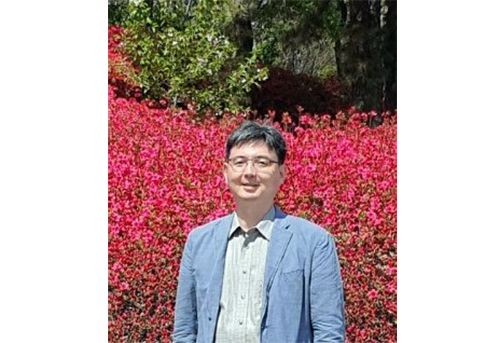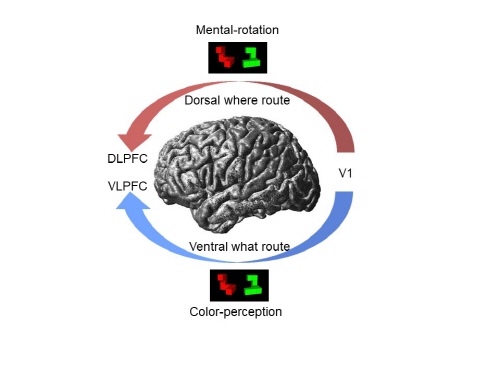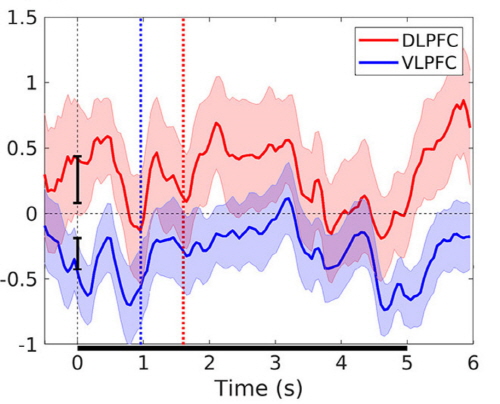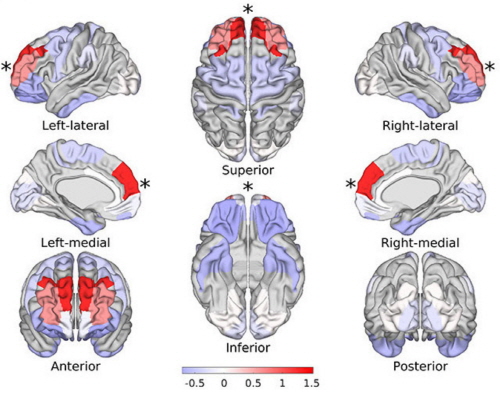News
A new leap forward in the paradigm of reading human intentions
2021.06.02 Views 198
Professor Min Byoung-kyong studied the application of the prefrontal cortex EEGs to BMIs.
The study suggested the possibility of a new leap forward in the paradigm of reading human intentions on the sole basis of brain signal.
Researched in collaboration with MIT and U.C. Berkley, the study was published in the internationally renowned journal, NeuroImage.

The team led by Professor Min Byoung-kyong of the Department of Brain & Cognitive Engineering conducted a neurophysiological study that showed that prefrontal cortex (PFC) EEG signals that have been difficult to access for technical reasons in the field of EEG-based brain-machine interfaces (BMI/BCI) play a pivotal role in BMI control signals.
This is a groundbreaking study in that it has expanded the horizons of BMI research by showing that the EEG signals in the prefrontal region, which had previously been difficult to assign a precise function to in the field of BMIs, can serve as a BMI control signal. The prefrontal cortex region in the brain is an area that reflects the various high-dimensional intentions of humans, and so this study has weight in that it significantly advances the paradigm of the BMI field, which until now recognised only a limited number of control signals. This study suggests that in the future it will be possible to control the identification of surrounding objects solely through intuitive thoughts by classifying various human intentions through high-dimensional EEG signals from the prefrontal cortex.
In this study, Professor Min employed an experimental model by distinguishing between a mental-rotation task and color-perception task, in order to induce the intentional flow of brain signals through different information processing paths in the upper (dorsal) and lower (ventral) areas of the brain, which separately lead toward the prefrontal lobe. By altering the course of brain signals according to the flow of processed neurophysiological information, he was able to distinguish with 87% accuracy between the two signals in the prefrontal cortex on the basis of the brainwaves alone. This not only suggests the possibility of an engineering breakthrough in terms of the ways in which BMI technology can make a leap forward, but it also indicates that the flow of visual information processing in the two paths of the brain, which to this point has been revealed only neurophysiologically, can provide neuroscientifically meaningful results in that it was identified through the EEG signals measured non-invasively on the scalp.
Dr. Kim Hyun-seok and Dr. Ahn Min-hee of Korea University’s Institute of Brain and Cognitive Engineering, Professor Heung-il Suk of the research team of Korea University’s Department of Artificial Intelligence, and the MIT McGovern Institute and UC Berkeley’s Department of Psychology participated in the research. The results were published in the May 14 online edition of NeuroImage, the SCI-level international journal, which is the most cited publication in the field of brain imaging.



